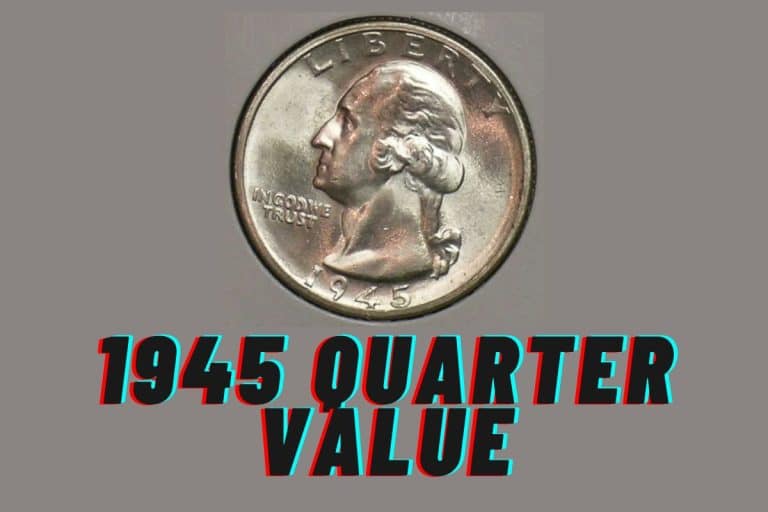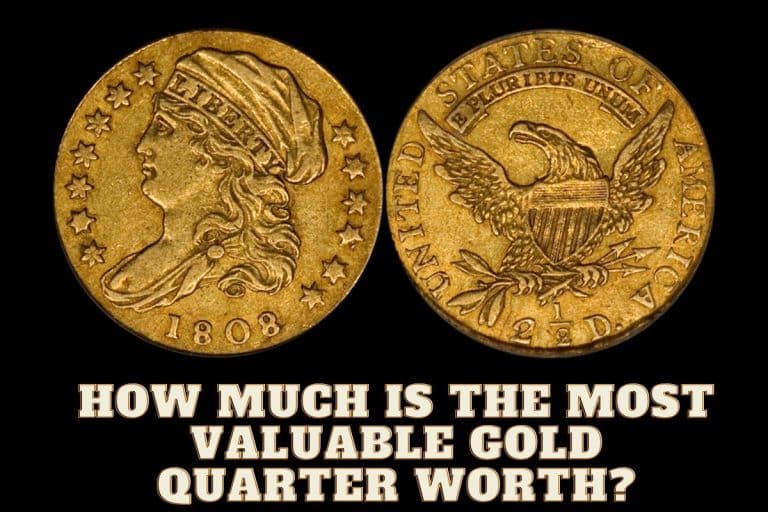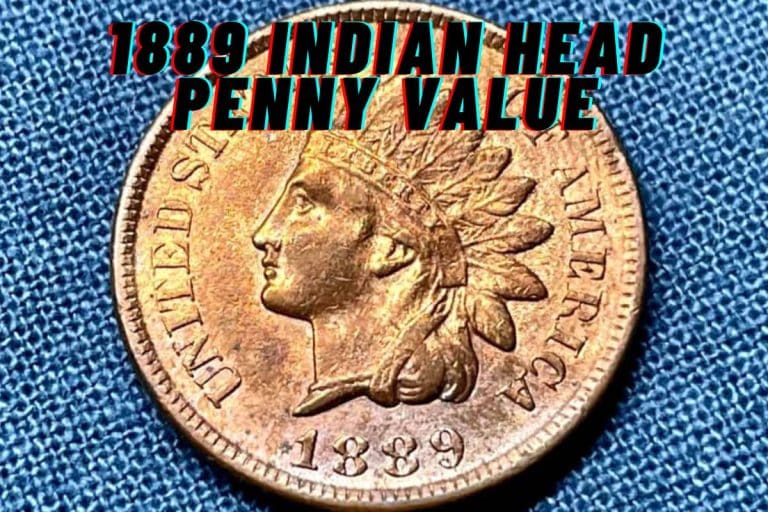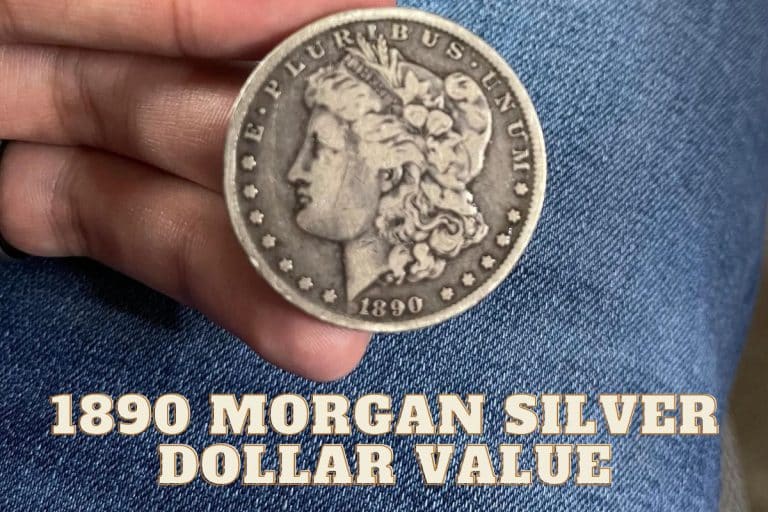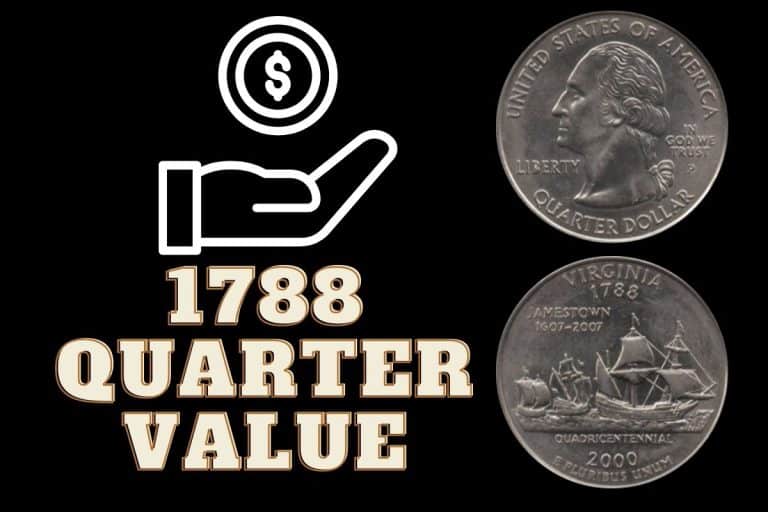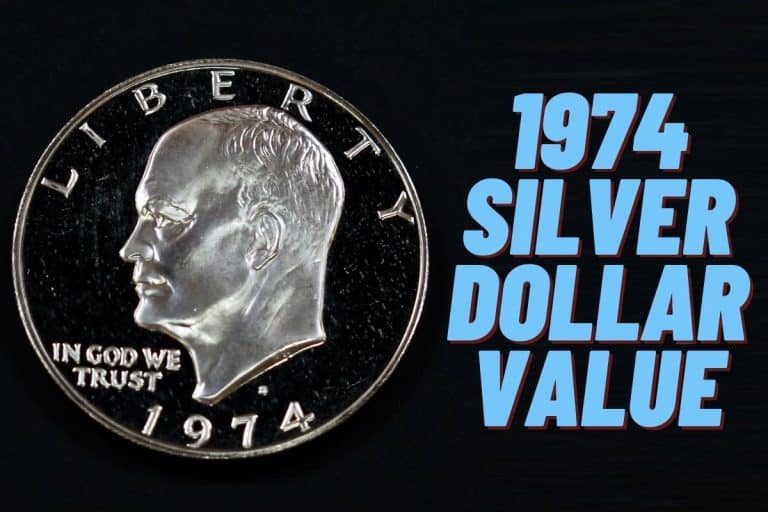Whether you're a seasoned coin collector or just someone interested in the stories behind everyday objects, exploring the world of the 1944 steel penny is sure to be a fascinating journey.
1944 steel pennies have been a popular collectible with collectors and investors since they were first minted. The first U.S. coin made of steel, the penny has become a classic piece of American history. It's popularity amongst collectors is due to its unique look and design, which some still prize as valuable today.
The value of these coins can vary drastically depending on the condition, year, mint mark, and more. Here's a guide to help you make sense of this historical piece of American history and how you can use that knowledge to make smart buying decisions. Read on!
1944 Steel Penny Value
The value of a 1944 steel penny, like other wheat pennies, is subject to variation based on the mint mark. On average, a 1944 D steel penny in average condition can command a price of $34,000, while those with no mint mark in average condition can fetch around $28,000. An average-condition 1944 S steel penny can be worth up to $400,000, and a 1944 D Steel Penny can be worth $115,000 at an auction.
Therefore, while a 1944 penny in lower grades is worth its face value, a 1944 S Steel Penny in higher grades can fetch a significant amount.
1944 No Mint Mark Steel Penny Value
In 1944, only 30 steel pennies were minted at the Philadelphia Mint. Because of the low mintage and popularity with collectors, 1944 ‘P' Steel pennies are valued above face value. The ‘P' mint mark on a 1944 steel penny is one of collectors' most sought-after coins.
The ‘P' mark is located above or below the date on the obverse side of the coin – depending on how much light was shining through from behind when the coin was struck (i.e., if it was in brilliant light or dim light). In E.F. 40, the price is approximately $30,000; in MS 60—which includes a larger catalog of older coins and paper bills—the price rises closer to $60,000.
In 2021, a 1944 Steel Penny graded MS64 without a mintmark was sold at an auction for $180,000.
1944 S Steel Penny Value
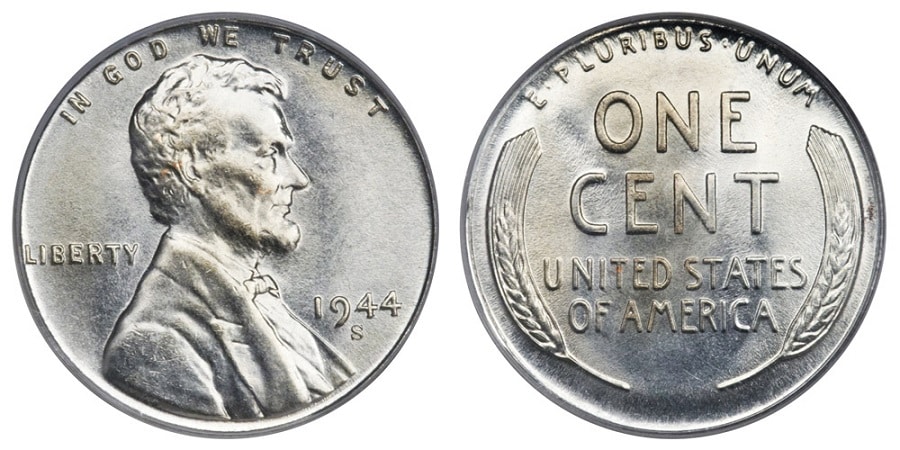
The 1944 S Steel Penny is one of the most valuable coins in the United States. It was made for the U.S. Steel Corporation and was never intended to be circulated by the public, so only one or two may have been minted.
The value of a 1944 S Steel Penny depends on several factors: condition, luster, wear and tear, and estimated mintage numbers. A well-preserved coin can bring between $400,000 to $ 750,000 at auction.
The 1944 S Steel Penny is one of the most valuable coins. An MS 66 example sold for over $370,000—slightly underweight at 2.6 grams but hardly noticeable to the naked eye.
According to USA Coin Book, a 1944-S Steel Penny in average condition is worth $399,637, and can be worth over $1.11 million in an MS63 grade.
1944 Steel Penny Errors
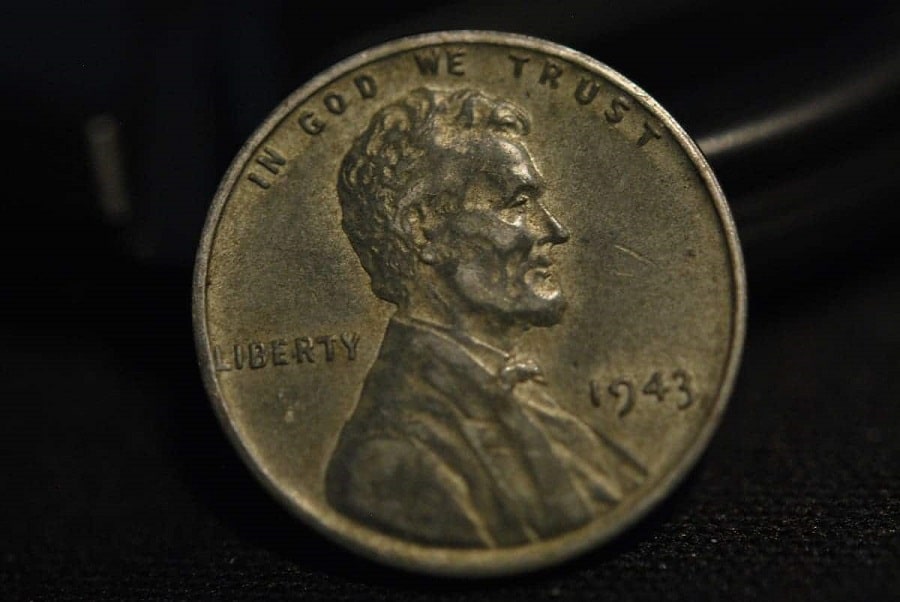
1944 steel penny errors are the most common error on these coins. Various factors can cause these errors, including striking pressure and die wear. In 1944, the United States Mint ran out of new steel pennies due to wartime shortages. The Mint tried to make up for the shortage by reusing old pennies. This led to over 1 million steel pennies being used in circulation in 1944.
The most common 1944 error is called a “short date.” A short date means that the letter S is missing from a 1944 penny because it was struck with an old penny with a short date, such as 19 or 21. This error appears more often in cents than dimes and half dollars because fewer cents were minted in 1944 than in other denominations.
History Of The 1944 Steel Penny
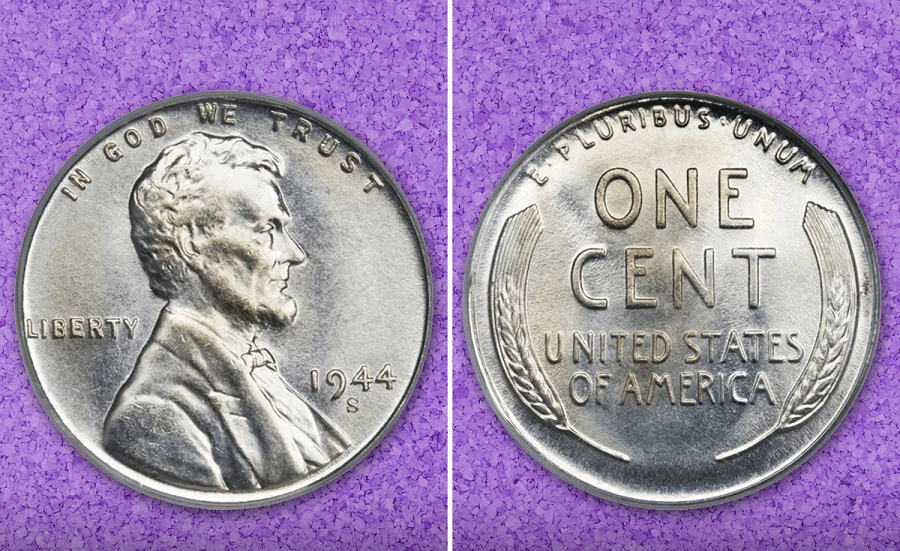
During World War II, the need for copper, tin, and nickel increased as they were used in weapons manufacturing. At the same time, residents felt pinched by inflation and hoarded gold and silver coins to sell later.
The United States Mint began producing steel cents in 1943. They were made from steel because it was cheaper than copper, tin, or nickel. The Mint also wanted to ensure that the steel cents would not rust or corrode as easily as coins made from other materials such as silver or gold.
The United States Mint minted the 1944 steel penny during World War II as an emergency measure to help meet the demand for metals during this crucial period. Interestingly, this coin was not created as a replacement for regular pennies; instead, it was designed to replace silver dollars that had been demonetized due to their lack of availability during wartime conditions.
The final design for this coin came from a design competition held by the Treasury Department in 1943. The winning artist was chosen from four different designs submitted by several artists, including Frank W Dyer Jr., George T Morgan, Robert A Seltzer, and Victor David Brenner.
How to Identify A 1944 Steel Wheat Penny
This is a common question when people want to know if their 1944 steel wheat penny is genuine. The answer is simple:
Lincoln Portrait
The coins are easily identified by the portrait of President Abraham Lincoln on the obverse or front side of the coin. On all versions of this coin, Lincoln's hair is parted in the middle like it would be if he were about to be photographed for a formal portrait.
The wear on Lincoln's face is much more pronounced than on other coins in his likeness because they are made of steel rather than copper and nickel plating.
Wheat Stalks
On the tail side of a 1944 penny are two inscriptions that reads, “The United States of America” and “One Cent.” The wheat stalks are on either side of the coin, with “E Pluribus Unum” at the top.
Mint Mark
Mint marks indicate where the coin was minted. The mint marks are located on the coin's reverse and usually consist of letters or numbers.
The mint mark on a 1944 steel wheat penny will be either “P” or “D.” Mint marks can also be found on collector coins, so look closely at your coin to determine which minting it came from.
Weight And Dimensions
The weight and dimensions of this coin are important to know when trying to identify it because these factors will help you determine whether your 1944 steel wheat penny is real or fake. The 1944 steel wheat penny has a weight of 2.5 grams and a diameter of 1.6 millimeters.
Metal Type
The vast majority of 1944 pennies were made with copper (around 95%) and zinc (around 5%). Some very rare alloys were created by combining steel with other metals. Copper is the most common metal used in the production of 1944 pennies.
The coins are smooth, shiny, and somewhat heavy for their size. They have a distinctive color that can vary from copper to greenish copper depending on the alloy used.
Hold the coin near a magnet to determine whether a penny is made from copper or steel. If a penny is attracted to a magnet, it has more steel than copper in its composition. Most pennies minted between 1942 and 1945 are made of steel and can only be distinguished from earlier years' pennies if they have been corroded over time.
Conclusion
Of course, there is always originality and whether the coin has been damaged somehow. Then the price can be dramatically affected by the amount of numismatic collectors interested in purchasing it.

